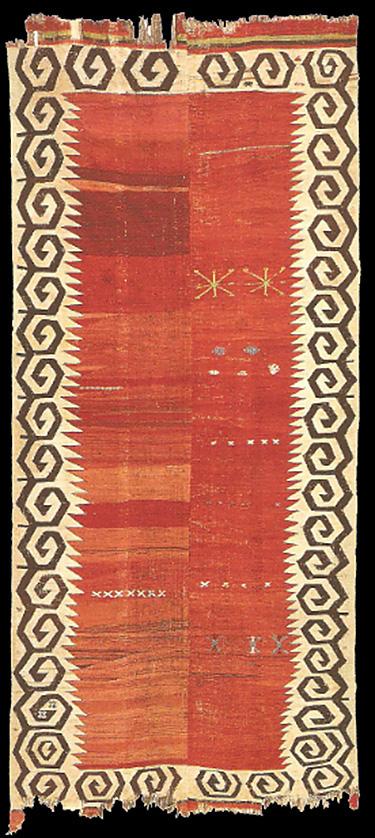Karaman Kilims and Rugs
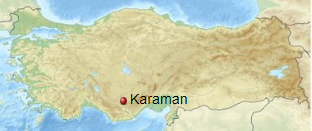
The ancient Anatolian city of Laranda was taken once by Karamanoğlu Mehmet Bey and was renamed Karaman in his honour. From 1275, Karaman was the capital of the Karamanid beylik. Principality (or Beylik) of Karaman was one of the Anatolian beyliks, centered in south-central Anatolia around the present-day Karaman Province. From the 1300s until its fall in 1468, the Karamanid dynasty was one of the most powerful beyliks in Anatolia. In 1468 the Karamanids were conquered by the Ottomans and in 1483 the capital of the province was moved to Konya.
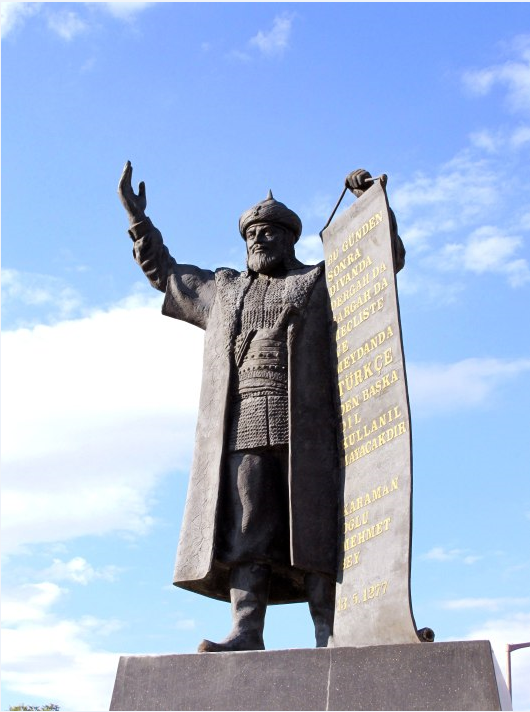
Karaman located north of the Taurus Mountains. The area’s wool considered the best in Anatolia, silky and lustrous. ‘Karaman’ may be used in Turkish generally for the fat-tailed sheep of central and eastern Anatolia. A sub-breed of it with white wool called Ak Karaman (namely: White Karaman). Such wool leads to pastel and vivid tones on palettes.

Piled pieces, mostly prayer rugs, are produced in Karaman, nevertheless the mass production is shaped with flat-weaves, both antique and new. Karamani, Karamanli may be simply refer to Karaman kilims.
Technical aspects and the structure of Karaman Kilims and Rugs
The area is renowned for high quality wool. ‘Karaman’ and ‘Ak Karaman’ are terms of fat-tailed sheep of central and east Anatolia. Karaman’ may be used in Turkish generally for the fat-tailed sheep of central and eastern Anatolia. Ak Karaman wool is silky and lustrous.
Knots are symmetric (Turkish) in Karaman. Rug and runner sizes are common. Karamani kilims are woven with slit-weave style. The
soumak structure may be used to outline some designs.
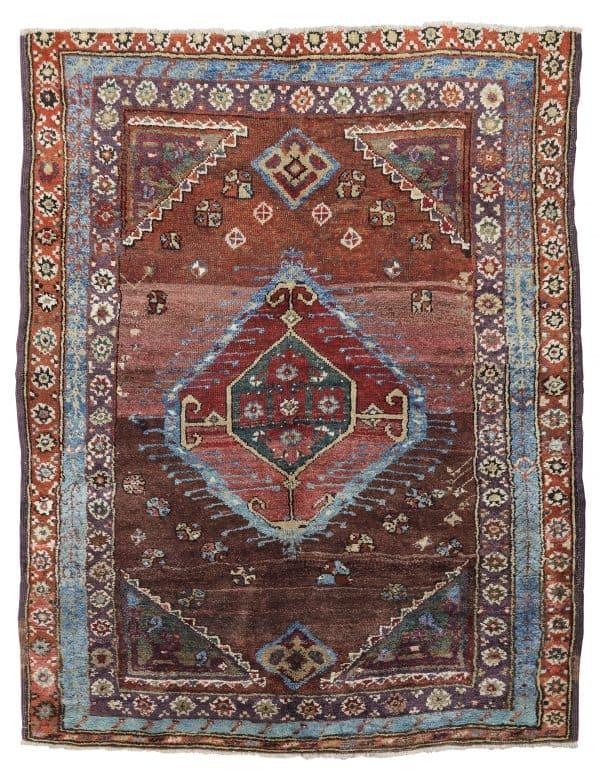
Flat-weaves may be woven in single or double pieces. Kilims woven in Mut, a town south of Karaman, are woven in a single piece and may be without edge borders, due to their special patterns.
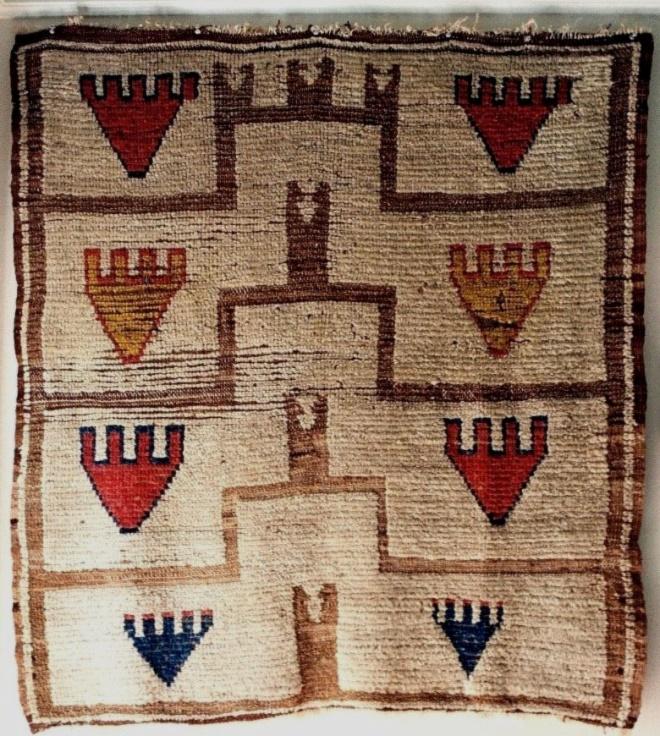
Dyeing and painting of Karaman Kilims and Rugs
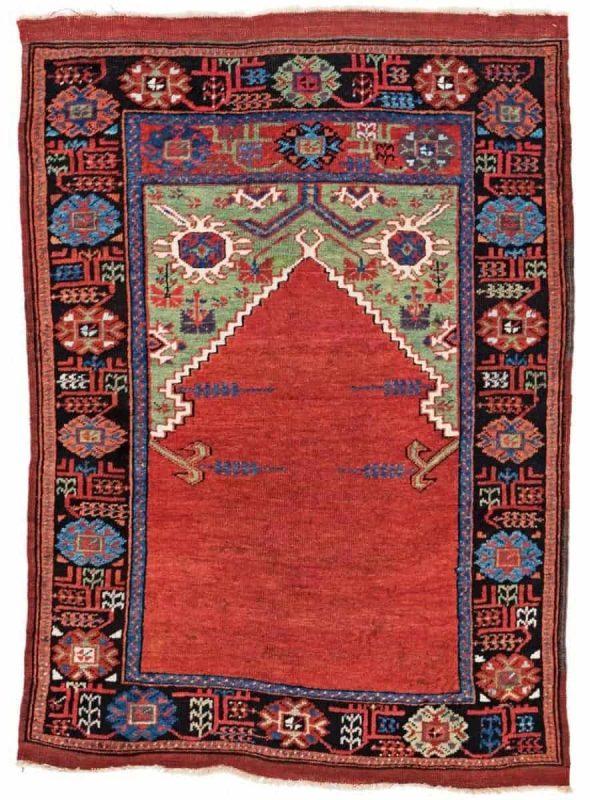
Colors are bright and contrasting. Vivid coloring matches perfectly with the lustrous silky wool of the area. Mut kilims have usually red kilims. Contemporary prayer rugs, too, have red grounds.
Deep reds and light browns, yellows, dark and light blue and greens could be seen frequently in Karaman rugs.
Among antique rugs attributed to Karaman, there are combinations of dominant golden mustard with touches of deep pink and rich blue.

Designs and patterns of the Karaman Kilims and Rugs
Kilim designs formed simply with strips are common in Karaman. Concentric dented lozenges make another popular design. Such strict lines and shapes brought to life with vivid colors. Designs with vertical borders consisting of black and red reciprocating rectangles are certain clues to Karaman pieces.
While prayer rugs are the most common designs for piled pieces, some kilims too are designed with niche structure. Some kilims and runners designed with pole medallion structure.
Kilims woven in Mut, a town south of Karaman, usually designed with concentric saw-toothed lozenges in sharp contrasting colors.
